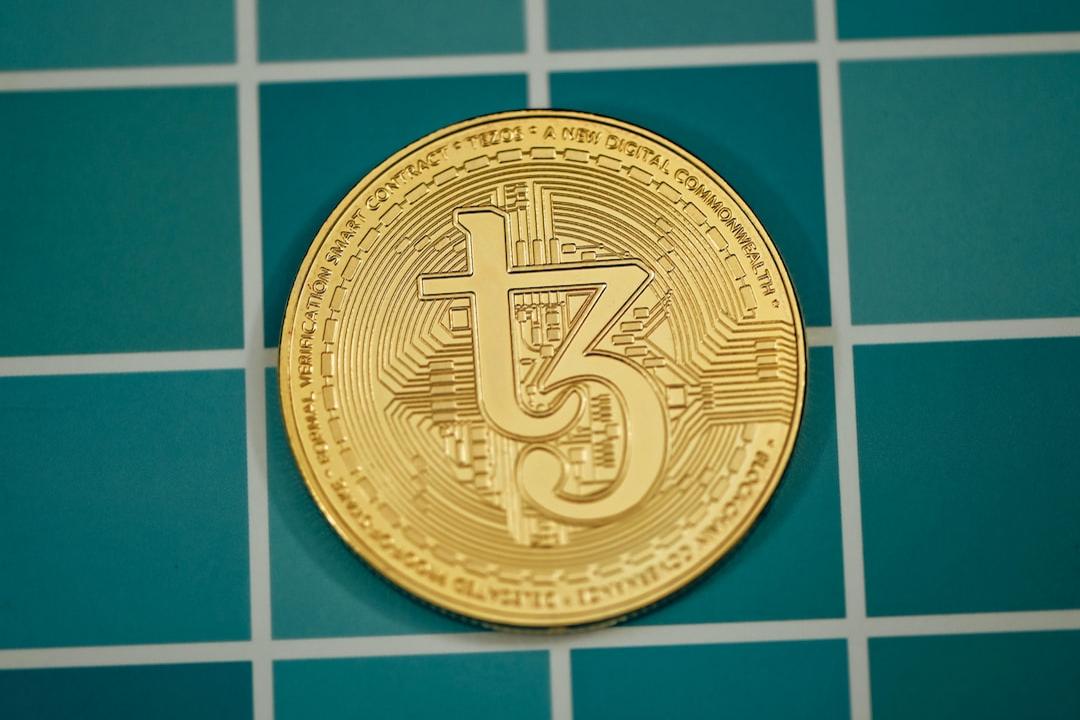In a recent episode of the renowned crypto podcast “The Chopping Block,” anonymous commentator Mosi unveiled the operation script of malicious tokens and market manipulation mechanisms with a sharp perspective, engaging in an in-depth discussion with hosts Tom, Robert, and Dragonfly partner Chris. He pointed out the severe information asymmetry and structural flaws in the current crypto market. He emphasized that without the introduction of transparency and accountability systems, the crypto industry will continue to fall into cycles of bubbles and retail investor exploitation.
The Market Manipulation Recipe at the Pinnacle: Stir-Fried Retail Investors
Mosi likened the current structure of the crypto market to a multi-level marketing (MLM) game, where KOLs, VCs, market makers, and founders occupy high positions, using their informational advantage to trap unsuspecting retail investors as the ultimate “bag holders.” He revealed a common market manipulation tactic: project parties first strictly control the circulation of tokens, making them hard to trace, and then hand over a very limited supply to market makers to manipulate the price. These market makers, familiar with the token’s inner workings, can precisely target leveraged traders, using them as “exit liquidity.”




An even worse tactic is to sell tokens at a significant discount through over-the-counter (OTC) trades and then use the returned funds to inflate the on-market price. Mosi cited the Mantra project as an example, noting that many projects implement a Ponzi model in this manner; once the discounted tokens are unlocked, the market immediately collapses. He candidly stated, “This mechanism is essentially a beautifully packaged fund scam.”
The Information Black Box and VC Incentives: Why Is This Game Always Unfavorable for Retail Investors?
Mosi sharply criticized the prevalent issue of information asymmetry within the industry. Market makers, VCs, and founders possess all internal information, while retail investors rely on “packaged data” from platforms like CMC as their basis for judgment. Some projects even use these platforms as SEO tools to create a false appearance that attracts users. Furthermore, Mosi pointed out that venture capitalists’ decisions are often not based on the project’s product-market fit (PMF) but on chasing valuations and market hype: this investment logic of “valuation comparison” distorts capital allocation, directing funds to short-term high-promotion potential projects instead of genuinely valuable and practical technical solutions.
From Black Box to Sunshine: The Transparent Reforms Needed in the Market
To break the black box operations, Mosi proposed several concrete suggestions:
- Exchanges should disclose market maker information and the proportion of tokens they hold.
- Open-source tools should be developed to track market makers’ on-chain operations and fund flows.
- Clearly mark the price discrepancies in liquidity and OTC markets.
He also suggested strengthening the oversight of contract performance for investors to prevent token warrants (such as SAFT) from being resold for profit. Additionally, if VCs engage in manipulative behavior or violate agreement terms, they should face penalties such as “loss of token allocation eligibility.” Although these regulations pose implementation challenges, they could be crucial in rectifying the situation if combined with the consensus of exchanges and the community.
Will the Market Self-Correct? Divergent Views Emerge
The hosts engaged in a lively discussion about the “self-correcting ability” of the market. Tom believed that reputational damage would lead to the elimination of bad VCs from the market, but Mosi countered that unless these funds face “catastrophic zeroing” losses, the incentive driven by capital would continue the vicious cycle.
Chris added that the market will eventually weed out inferior projects, but the process is slow and greatly harms retail investors: many VCs do not intentionally invest in bad projects but make irrational decisions under pressure from funding and valuation bubbles, highlighting structural problems in investment logic and risk control culture.
The Fate and Hope of Retail Investors in Crypto: Information Disclosure as the Only Way Out
A significant feature of the crypto market is that retail investors often access new projects earlier than in traditional finance. Mosi believes that while this brings community momentum and early participation, when projects fail or insider cash-out events occur, retail investors often bear the brunt of the damage: as long as projects do not fully disclose information regarding OTC, token issuance, and fund flows, retail investors cannot participate on an equal footing, which constitutes a substantial “information fraud.”
Despite the sharp criticism, Mosi maintains a positive attitude towards the “token” incentive mechanism: if tokens can be designed with greater transparency and accountability, retail investors can become genuine participants rather than always being the “harvested” end. This conversation not only exposed the truths of the crypto industry but also initiated a profound reflection on the need for a fair and transparent financial system. In this ongoing “information gap war,” what retail investors need is not just “airdrops,” but genuine informational parity and institutional safeguards.
Risk Warning
Cryptocurrency investments are highly risky, and their prices can fluctuate dramatically, potentially resulting in the total loss of principal. Please assess the risks cautiously.

